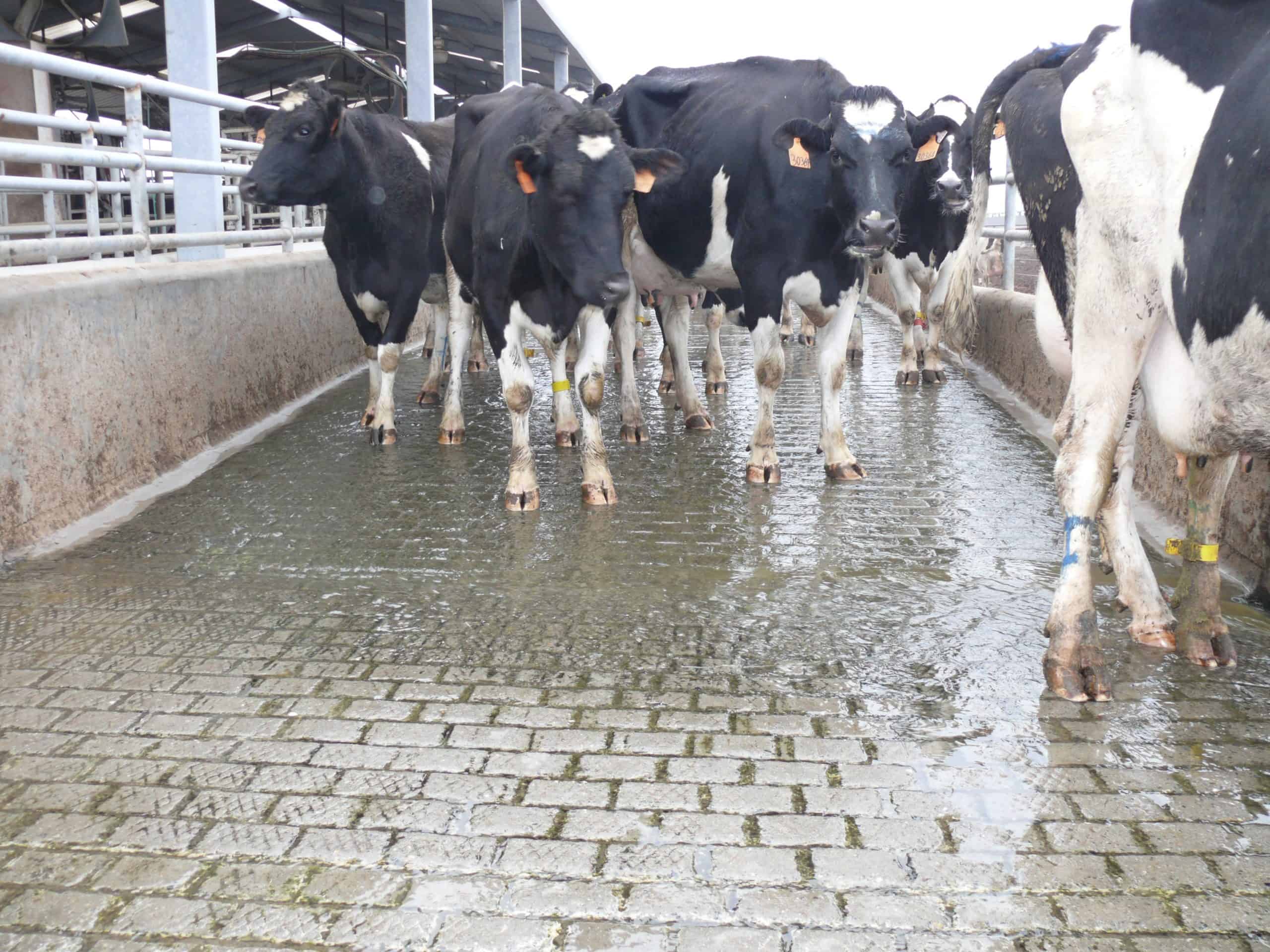
Lameness can cost a dairy farmer up to $6,000 per 100 cows per year. For an individual cow, it may cost as much as $350 in lost milk, more days open, treatment and labor.
In order to better understand the correlation between certain behaviors and lameness, researchers at the University of Guelph examined the activity and production of lame cows versus sound cows on 26 automated milking system (AMS) dairy farms in Ontario, Canada. On each farm, 30 were gait-scored on a 5-point scale; those scoring less than 3 were rated as sound, while the others were classified as lame.
Researchers found that:
•Lame cows spent over half of the day lying down on average while sound cows spent one hour less lying down.
•Milk production for a lame cow was 75.8 pounds per day, compared to 76.7 pounds per day for a sound cow.
•Lame cows were only milked an average of 2.79 times per day, while sound cows were milked 3.12 times per day.
The changes documented in the cows’ behavior and productivity may be helpful in identifying and treating lame cows in both AMS and non-AMS barns.
Digital dermatitis (hairy heel wart) is a common hoof problem that can lead to lameness. Treatment options include the use of copper sulfate footbaths, and topical solutions without heavy metals or formaldehyde.
Footbaths can be installed in an automated milking parlor in exit lanes to ensure that each cow passes through it after being milked. Footbath products like DuraHoof by AgroChem can optimize the potency of copper sulfate for more cow passes, and reduce the overall cost of a footbath program. Producers looking for results without copper may prefer a product like HealMax, available in a footbath concentrate, spray or foam formulation. Both products can be used separately or in combination.
For more information about preventing lameness in your operation, contact your veterinarian or hoof trimmer today.